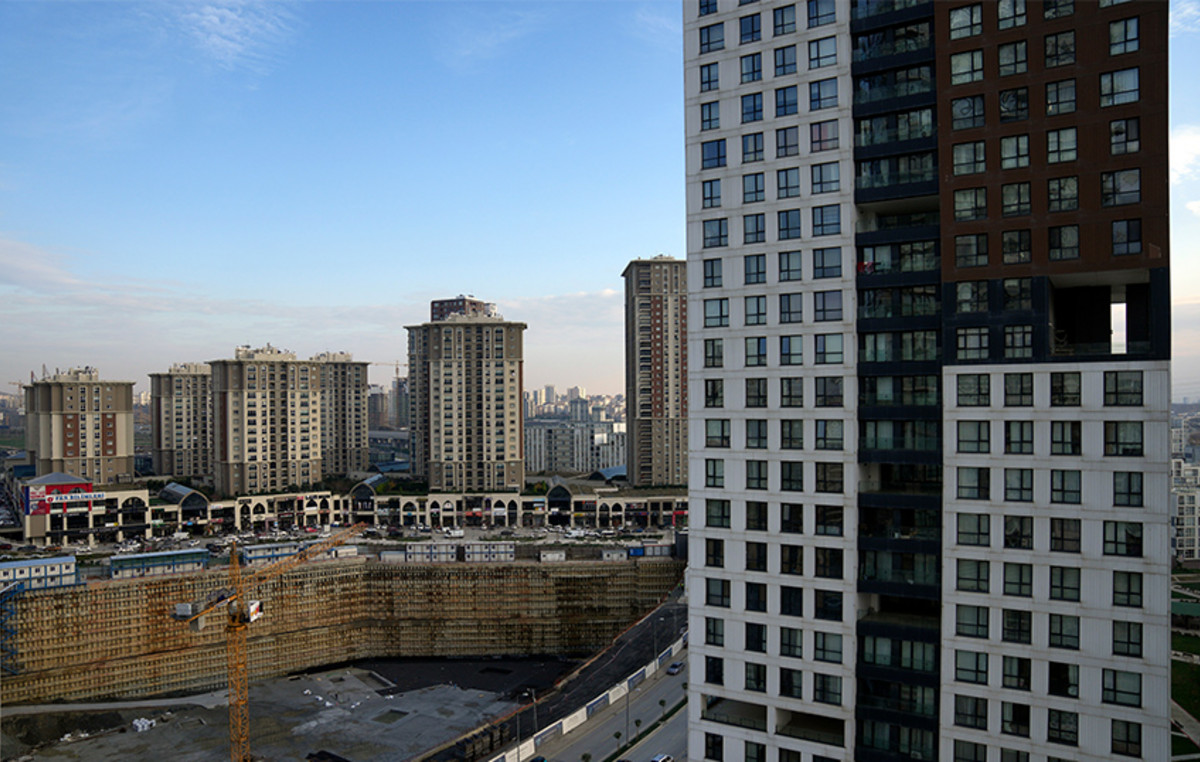The case of a woman who took a supposedly dead elderly man to a bank in Rio de Janeiro to withdraw a loan has been covered in the national and international press in recent days. According to the defense of Erika de Souza Vieira Nunes, who accompanied the man, he was still alive when he arrived at the scene.
But after all, how to know the time a person died ? According to Paulo Romero, medical expert from the Scientific Police of Ponta Grossa (PR) — who is not involved in the “Tio Paulo” case —, it is not possible to determine the exact time of death of a person, but rather the approximate period from some signals emitted by the body .
“These signs vary from one person to another, according to the physiological characteristics of each person. But it is possible to get an idea”, highlights Romero, the CNN . Next, check out the signs that experts usually analyze to determine the moment of a person's death and that help to understand the circumstances associated with the death.
Immediate signs
Some of the decisive signs to identify the death of a patient, and which can be verified by any health professional, are the so-called “immediate signs “. This is the case of:
- Cardiorespiratory arrest;
- Loss of sensitivity;
- Loss of brain function.
They can be observed at the time of death, during emergency care or during a surgical procedure, for example. From this point on, other signs following death begin to appear. This is the case of stiffness and cadaveric lividity, in addition to changes in body temperature and decomposition of the body.
Cadaveric rigidity
A cadaveric rigidity begins to manifest itself, generally, between 1 to 8 hours after death , according to Romero. “This is the first parameter we evaluate. If a body arrives at an expert's table without showing stiffness, we know that death occurred approximately at least 1 hour ago”, explains the expert.
According to the specialist, cadaveric stiffness begins in the neck region and follows a path to the feet, passing through the muscles of the chest, abdomen, legs and, finally, the feet. This stiffness begins to disappear after 24 hours, also from head to toe.
Cadaveric lividity
A cadaverous lividity is characterized by accumulation of blood in a specific region of the body and has its beginnings in first minutes after death . “For example, if a person died and was left lying on their back on the floor, blood will accumulate in the posterior region of the body. In other words, this accumulation can vary according to the position in which the person died”, explains Romero.
However, this blood usually settles in the region where it accumulated after 12 hours of death, forming purplish spots due to cessation of blood circulation .
Based on this characteristic, it is possible to make associations with cadaveric rigidity and arrive at the approximate moment of death. “If a body arrives at the expert already stiff, we know that death occurred at least 8 hours ago. But if the lividity has not yet set in, then death occurred less than 12 hours ago”, he explains.
Body temperature
Another important characteristic that is analyzed is the body temperature since, after death, the body loses the ability to regulate its temperature , as Romero explains. Consequently, the tendency is for the deceased body to decrease its temperature until it reaches room temperature.
“Imagine that the human body is, on average, 37°C. If the person dies in a place where the environment is 20°C, that body will cool down to that temperature,” he says. This drop occurs progressively, decreasing by 1°C to 1.5°C per hour, according to the professional. Therefore, this is also a parameter used to estimate the approximate time of a person's death.
When does the body begin to decompose?
Then, the body decomposition process normally from 24 to 72 hours after death . “One of the first signs of putrefaction is the appearance of a green abdominal stain, which usually occurs after the end of cadaveric rigidity. From this point on, the body begins to exhale a characteristic odor, which is also a sign of decomposition,” explains Romero.
External environment can influence
The external environment and circumstances related to death can influence the way posthumous signs manifest themselves. As the coroner explains, in places with extreme temperatures, such as a desert or regions of the North or South Pole, what they call “conservative characteristics of the cadaver “.
For example, in very hot areas, such as a desert, the cadaveric stiffness may take longer to occur and the decomposition stages can occur in different ways than usual. “Sometimes a person may not lose their physical characteristics and lose substances more quickly. In other words, the body preserves itself for longer. This phenomenon we callmummification '”, he states.
In the case of deaths that occur in more humid places, such as lakes or swamps, “saponification “. This phenomenon is characterized by the chemical change of a person's body fat, which converts into a waxy compound similar to soaps.
Furthermore, it is worth noting that all changes in the body post-mortem may vary from one person to another and according to the way in which death occurred . “The steps are generally the same, but the way in which they happen can vary depending on whether the person is an adult or a child, if they are elderly, if they are female or male… they may vary according to their muscular composition, body weight, among several other characteristics”, he concludes.
Source: CNN Brasil
I am an experienced journalist and writer with a career in the news industry. My focus is on covering Top News stories for World Stock Market, where I provide comprehensive analysis and commentary on markets around the world. I have expertise in writing both long-form articles and shorter pieces that deliver timely, relevant updates to readers.







